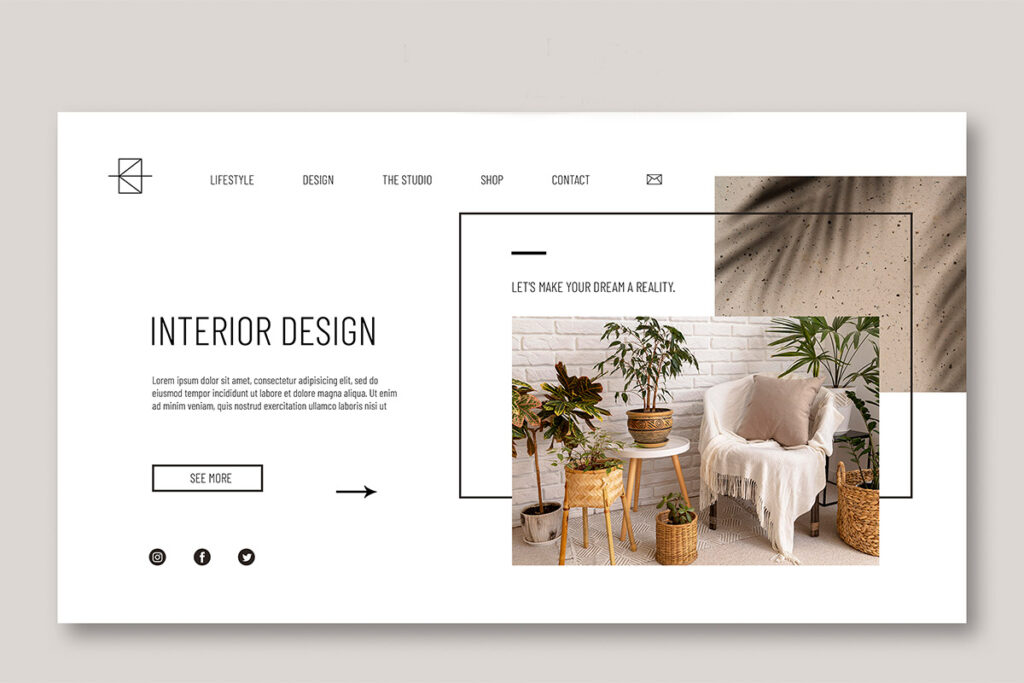Discover how minimalist web design has evolved in 2025. Minimalism has long been a favorite in the web design world. Its clean lines, uncluttered interfaces, and user-focused layouts have helped countless websites improve usability, speed, and aesthetic appeal. But in 2025, minimalist design is undergoing an evolution. It’s no longer just about white space and simplicity—it’s about meaningful clarity, emotional impact, and functional restraint.
Let’s explore how minimalist design has grown in 2025, what’s new, what works, and how you can use it to create better digital experiences.
What Is Minimalist Web Design?
Minimalist web design is a design approach that emphasizes simplicity by removing all non-essential elements. It prioritizes function, clarity, and user experience over visual complexity. But don’t mistake “simple” for “basic.” In 2025, minimalism has matured into a deliberate, strategic design language that’s both subtle and powerful.
Why Minimalism Is Relevant in 2025
Minimalism continues to thrive for several reasons:
- Speed: Fewer elements mean faster load times—critical for SEO and user retention.
- Focus: Clean interfaces help guide user attention to CTAs, headlines, and core content.
- Mobile-first: Minimalist layouts adapt beautifully to smaller screens.
- Clarity: Reduces cognitive load, especially in an information-saturated world.
- Aesthetic appeal: It’s timeless, elegant, and brand-flexible.
But in 2025, minimalism is no longer about stripping everything down. It’s about intelligent subtraction and intentional design.
Evolution of Minimalism: Key Trends in 2025
1. Dark Minimalism Web Design
While white space dominated early minimalism, 2025 has seen a sharp rise in dark-themed minimalist designs. Dark mode isn’t just a user preference—it’s now a style statement. When paired with clean typography and soft contrasts, dark minimalism creates a futuristic, elegant look.
Use case:
Luxury brands, portfolios, tech startups, digital products.
Design tip:
Use subtle gradients or noise textures on dark backgrounds to add dimension without clutter.
2. Emotive Typography
In minimalist design, typography does much of the heavy lifting. In 2025, we’re seeing a shift toward expressive, emotive typefaces that convey brand personality without needing extra visuals.
Trends in 2025:
- Bold serif fonts for headlines
- Large-scale typography as design elements
- Tight type hierarchy with generous spacing
- Contrast between uppercase titles and lowercase body
Less is more—but your fonts should speak volumes.
3. Neutral Palettes with Personality
Forget monochrome minimalism. In 2025, minimalist color palettes are neutral, but warm—think sand, stone, sage, or terracotta. Accent colors are used sparingly but intentionally to highlight buttons, links, or key icons.
Why it works:
This approach maintains calmness while allowing room for brand expression and visual depth.
Pro tip:
Limit your palette to 2–3 core colors and 1–2 accents for balance.
4. Micro-Interactions in Minimalist UI
Minimalism used to mean static, even boring interfaces. Not anymore. In 2025, designers are adding micro-interactions—small, purposeful animations that bring interfaces to life without overwhelming the user.
Examples:
- A soft hover effect on a button
- A progress bar that animates as you scroll
- Subtle icon transitions on click
These touches enhance usability and make the experience feel human and thoughtful.
5. Gridless Layouts and Asymmetry
Traditional minimalism relied heavily on strict grids and symmetry. But now, intentional asymmetry and broken grid layouts are gaining popularity. This creates a sense of organic flow, which feels modern, creative, and dynamic—yet still clean.
Use with caution:
You still need balance and visual rhythm. Minimalism isn’t chaos—it’s calculated freedom.
6. Whitespace as a Storytelling Tool
In 2025, whitespace is no longer just “empty” space—it’s a core storytelling device. Designers are using negative space to:
- Emphasize key content
- Create breathing room between narrative elements
- Lead the eye from one section to the next
Whitespace also adds a feeling of luxury and calm, especially important in high-end or emotionally-driven brands.
7. Minimalism Meets AI & Automation
Even minimalist sites now incorporate AI-driven personalization without cluttering the UI. From chatbot placements to smart product recommendations, automation is being done invisibly and intuitively.
What’s key:
Design remains clean, while smart content adjusts quietly in the background.
What Is Not Minimalist Web Design
To avoid confusion, let’s clarify what minimalism isn’t:
- ❌ It’s not just black-and-white.
Modern minimalism uses muted tones, gradients, and accents. - ❌ It’s not emotionless.
Great minimalist design uses layout, typography, and color to convey deep emotion. - ❌ It’s not bare or incomplete.
Every element in minimalist design has a purpose—nothing is missing, it’s simply refined.
UX-Driven Minimalism: Function First
Minimalist websites in 2025 are purpose-driven. UX is at the heart of every decision. It’s about solving user needs with as few distractions as possible. Some guiding principles:
- One goal per page: Each screen or section should serve a clear purpose.
- Clear navigation: Fewer menu items, mobile-first structure, sticky headers.
- Smart forms: Use progressive disclosure (only show fields as needed).
- Content hierarchy: Guide the user through layout and font weight, not noise.
Minimalism and UX go hand in hand. Simplicity should never sacrifice usability.
Tools & Resources to Design Minimalist in 2025
- Figma: Design clean, grid-aligned layouts with real-time collaboration
- Framer: Great for animated minimalist websites
- Semplice: Portfolio builder with gorgeous minimal templates
- Google Fonts & Typewolf: For beautiful type pairing ideas
- Coolors / Khroma: To build balanced, minimalist palettes
- Rive / Lottie: For small, lightweight animations that elevate your UI
Final Thoughts
Minimalist design in 2025 is more than just white space. It’s about meaningful reduction, where every visual and functional element earns its place. It’s a shift from “less content” to more clarity, from “flat and plain” to clean and expressive.
Whether you’re a web designer, business owner, or startup founder, adopting modern minimalism can:
- Strengthen your brand voice
- Improve user experience
- Increase engagement and conversions
But remember: Minimalism isn’t a trend. It’s a mindset. One that requires discipline, empathy, and intention.
Ready to redesign your site with a modern minimalist edge?
Keep it clean. Keep it human. And most importantly—design with purpose.





